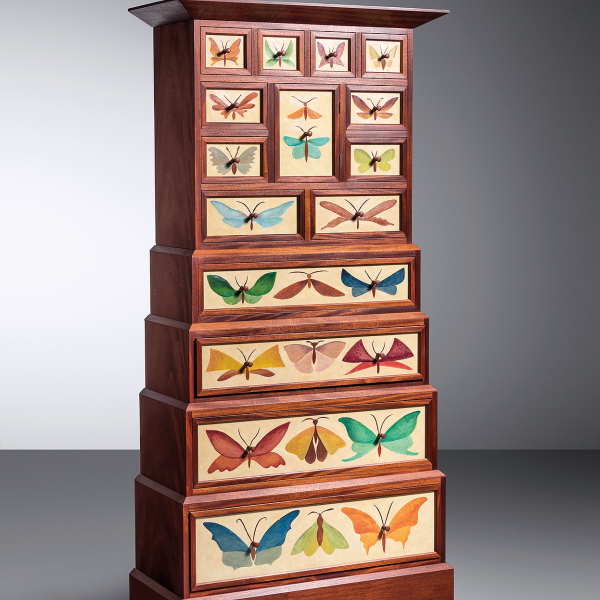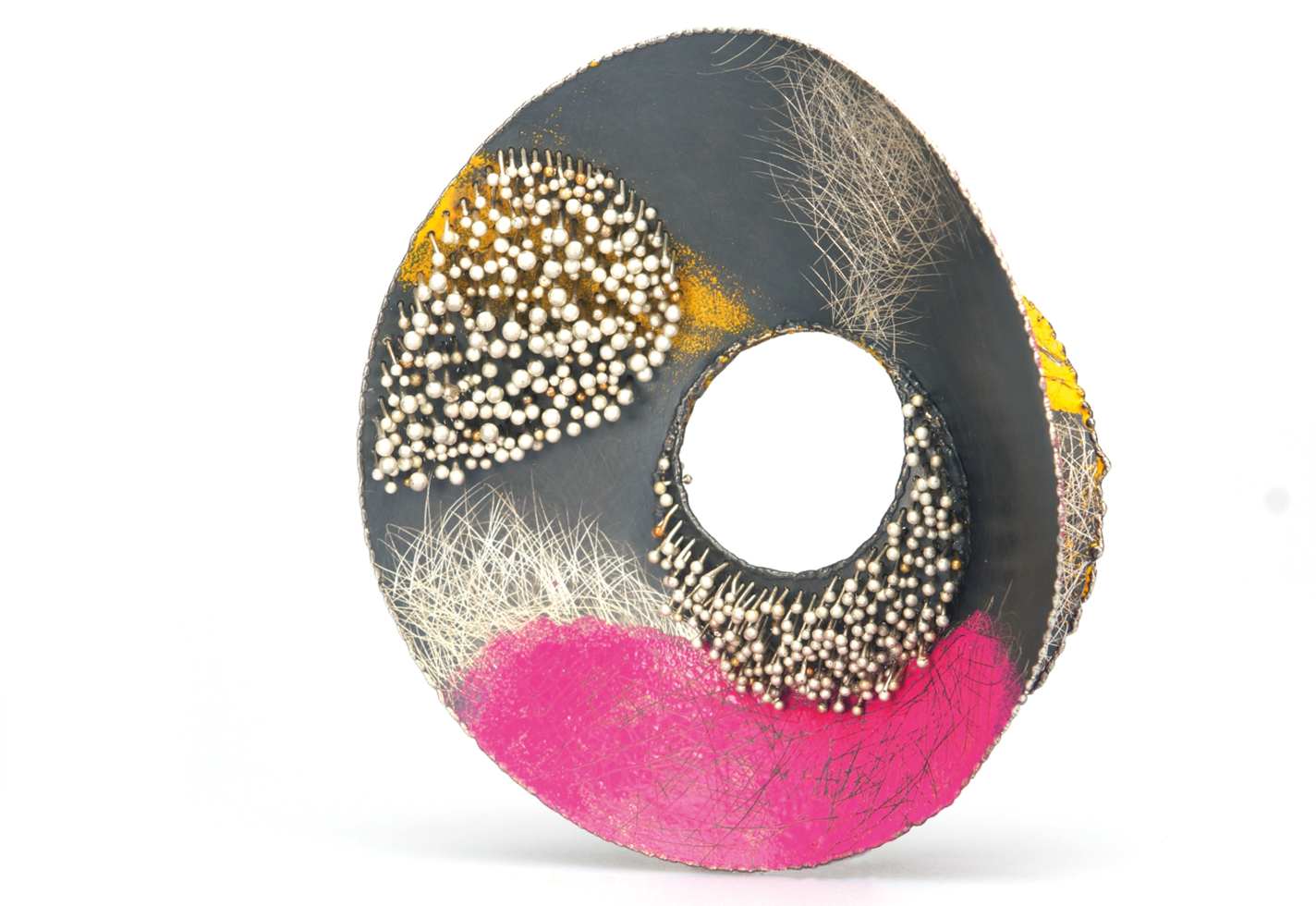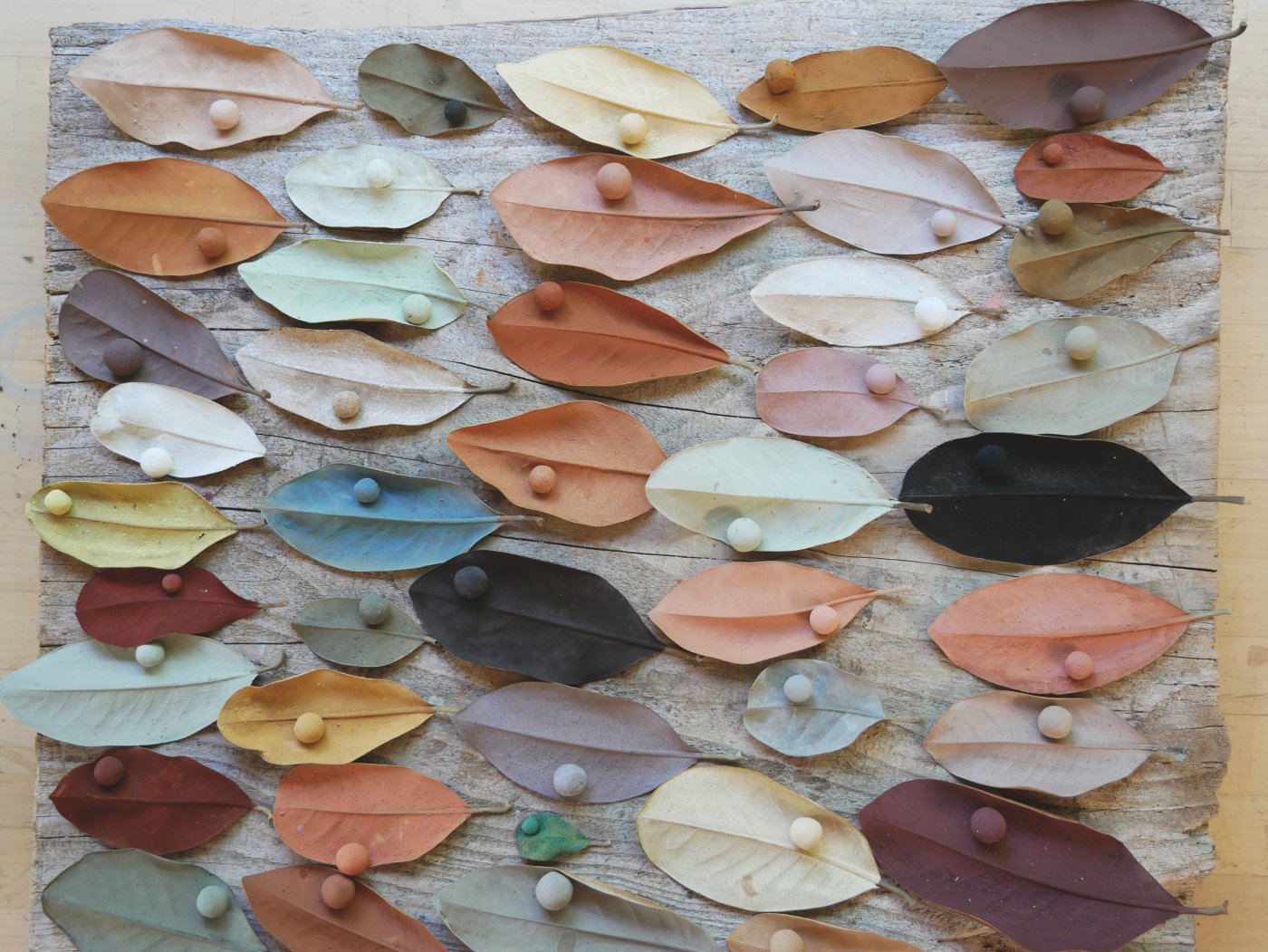Last July in Los Angeles, a stoneware vessel depicting Popeye the Sailor Man, made in 1987 by artists Magdalena and Michael Frimkess, sold at a Bonhams auction for $65,895. Everyone was shocked, especially the auctioneer. “That was several times the estimated range,” says Jason Stein, Bonhams’s director of Modern Decorative Art and Design. “In the early ’90s, when I got my start, it would have sold in the low thousands or even upper hundreds.”
The Frimkesses, a couple who began collaborating in the 1960s in California and quickly developed an irreverent style partly inspired by comics, are finding unprecedented fame as international hunger for distinctive handmade ceramics has surged in recent years. Buyers are not only flocking to galleries selling the work of young, up-and-coming ceramists, they are also heading to auctions in a quest to uncover or discover artists of yore. The same can be said for other categories of craft, including glass, fiber, and wood.
Sometimes, to their own surprise, auction houses with long trajectories in furnishings and decorative arts—places such as Freeman’s in Philadelphia, Bonhams in Los Angeles and New York City, Hindman in Chicago, and Rago in New Jersey—find they are humming with activity.
“We’re seeing the first generation of real craft collectors who were buying as early as the ’60s and ’70s now downsizing and bringing their collections to the secondary market,” says Tim Andreadis, director of Decorative Arts and Design at Freeman’s, the oldest auction house in the country. “I would say there’s been a definite growth of fifteen to twenty percent year over year.”
Despite our penchant for instant gratification and the abyss of mass-produced objects we encounter every moment of every day, American craft is at an apogee. Mastering a craft clearly takes years—it’s not the stuff of YouTube tutorials—and with that comes admiration. “Digital technology is in some ways as far from handwork as it’s possible to get: fast, frictionless, immaterial,” wrote craft expert Glenn Adamson in a 2021 Smithsonian magazine article. “Seemingly in response, however, a vogue for crafted goods has arisen.

Michael and Magdalena Frimkess’s glazed stoneware Popeye/Star Lite Drive In Vase, 1987, sold for $65,895 at auction, 19 x 9.75 in.









